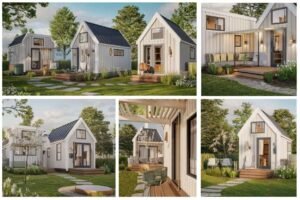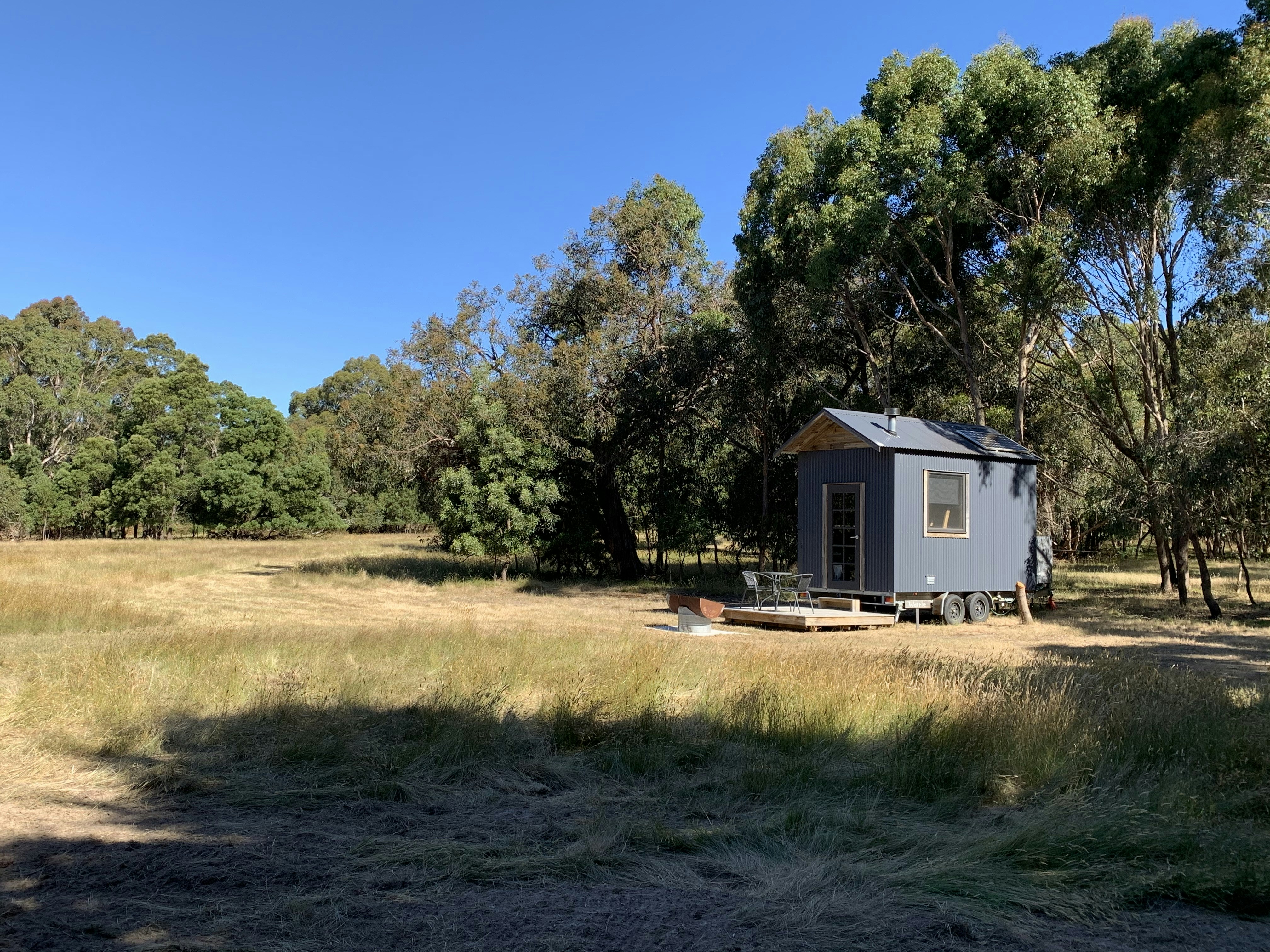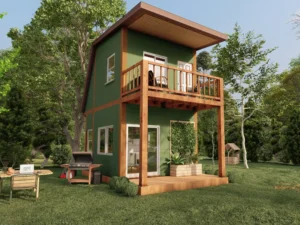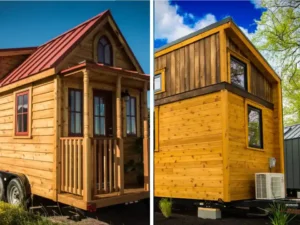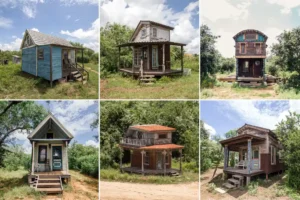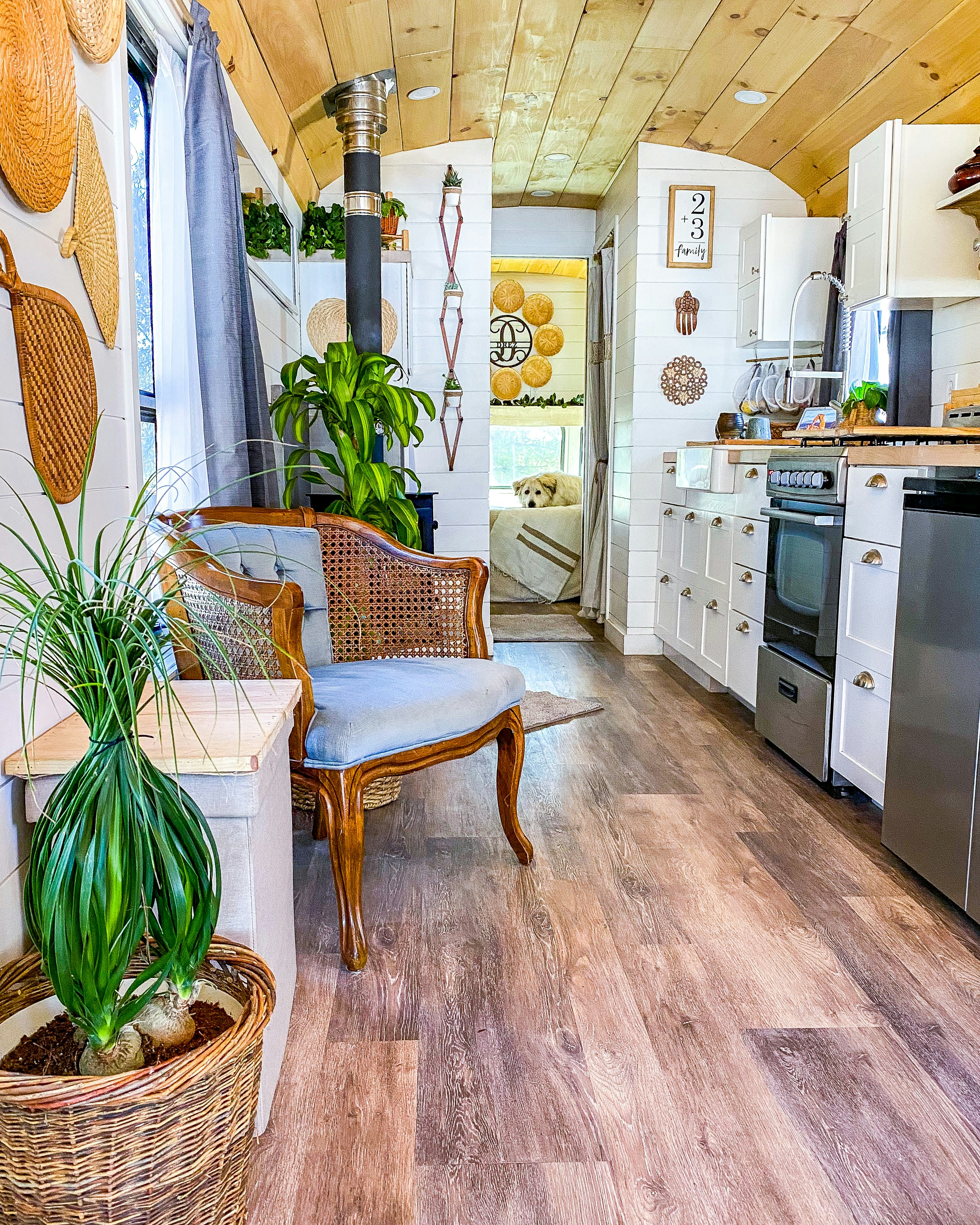
Understanding the Philosophy of Tiny Living
The tiny house movement has gained momentum as more individuals seek to lead lives that prioritize simplicity, sustainability, and mindfulness. Central to this philosophy is the concept of downsizing, encouraging people to minimize their belongings and concentrate on what truly matters. By living in a smaller space, individuals often experience a reduction in distractions, allowing them to reclaim time and space for personal passions and relationships. This embrace of minimalism not only alleviates stress but also promotes financial freedom as lower living costs come hand in hand with reduced consumption.
The design choices in tiny homes often reflect these core principles. Each element is intentionally chosen to enhance functionality and aesthetics while maximizing the use of available space. Multi-functional furniture, such as convertible sofas or expandable dining tables, embodies the essence of contemporary tiny living. Walls become platforms for creativity, with innovative storage solutions integrated into every nook and cranny. Here, a space’s design is informed by its purpose, ensuring that every corner contributes to a greater sense of well-being.
Furthermore, the environmental impact of tiny living cannot be overlooked. Reduced squares may result in minimized energy consumption, as smaller spaces require less heating, cooling, and lighting. Many tiny house advocates choose eco-friendly materials and sustainable practices, such as rainwater harvesting and solar power, enhancing their carbon footprint. This conscientious approach encourages a lifestyle that not only benefits the individual but also fosters a sense of responsibility towards preserving the planet. In this way, the ideologies of minimalism and environmentalism merge, showcasing the profound connection between mindful living and purposeful design.
Essential Design Elements for Tiny Interiors
Designing a tiny house requires a thoughtful approach to maximize every square foot while ensuring functionality and aesthetics coexist harmoniously. One of the fundamental elements is the open floor plan, which helps establish a sense of spaciousness. By minimizing barriers and promoting an uninterrupted flow between rooms, residents can utilize the limited space more effectively. This layout encourages natural light to permeate throughout the home, creating an inviting atmosphere that complements the limited dimensions.
Another critical design element is multifunctional furniture. In a tiny house, each piece of furniture should ideally serve more than one purpose. For example, a sofa bed can provide seating during the day and transform into a sleeping area at night. Furniture with built-in storage, such as ottomans or coffee tables, can help maintain a clutter-free environment while maximizing space efficiency. Additionally, foldable or collapsible furniture offers the flexibility to adapt the living area as needed without compromising on comfort or style.
Effective storage solutions are paramount in tiny house interiors. Utilizing vertical space through shelving and cabinets can free up precious floor area. Hidden compartments and creative uses of under-bed storage can also contribute significantly to maintaining an organized living environment. Incorporating elements like hooks and hangers allows for easy access to everyday items, further enhancing functionality.
When it comes to color schemes, lighter colors tend to make small spaces feel larger. Soft, neutral tones on walls and furnishings can create an airy ambiance, while strategically placed accent colors can add personality without overwhelming the space. Selecting the right materials and finishes also plays a vital role in the overall design; lightweight, durable materials ensure both functionality and a polished appearance. By focusing on these essential design elements, homeowners can transform their tiny houses into comfortable and stylish sanctuaries.
Incorporating Personal Style into Tiny Spaces
In the realm of tiny house living, the integration of personal style plays a pivotal role in creating a space that feels both functional and inviting. With limited square footage, every design element must not only serve a purpose but also reflect the individual’s unique tastes. This approach fosters a sense of ownership and transforms a house into a true home.
When selecting décor for a tiny house, it is essential to choose items that encapsulate individual preferences while adhering to the constraints of space. Art is a powerful medium for expressing personality, and selecting a few key pieces can have a significant impact. Consider hanging a bold painting or a collection of photographs that tell a story. Such elements not only enhance the aesthetic appeal of the interior but also offer a glimpse into the owner’s life and interests.
Textiles, including throw pillows, blankets, and rugs, also contribute greatly to personalizing a tiny house. Opting for textiles in colors and patterns that resonate with one’s style can add warmth and character. However, it is crucial to maintain a cohesive color palette that harmonizes with the overall design scheme. This balance ensures that the space remains visually pleasing while highlighting individual flair.
Additionally, incorporating functional accents such as unique storage solutions can serve dual purposes. For instance, decorative baskets can keep belongings organized while also acting as a design feature. Similarly, multifunctional furniture can enable creative solutions—instead of sacrificing style for practicality, merging the two can optimize the tiny space.
Ultimately, infusing personal style into tiny house interiors requires thoughtful consideration of both aesthetics and functionality. By carefully selecting décor that truly reflects individuality, one can create a comfortable, livable environment that is as stylish as it is practical.
Smart Solutions for Tiny House Challenges
Living in a tiny house presents unique challenges, but with thoughtful planning and creativity, these challenges can be effectively addressed. One of the primary concerns for tiny house dwellers is optimizing the layout to ensure a seamless flow and accessibility. Open floor plans can significantly enhance the perception of space while allowing for multifunctional areas. Utilizing furniture that serves multiple purposes, such as a sofa bed or a foldable dining table, further maximizes the usable space.
Storage is another critical aspect of tiny house living. Without careful management, belongings can quickly clutter an otherwise serene environment. Innovative storage solutions, such as under-bed drawers, built-in shelving, and wall-mounted organizers, can help keep items organized and out of the way. Consider incorporating vertical storage options, like high shelves or hanging racks, to draw the eye upward, creating the illusion of a larger area. Additionally, utilizing furniture with hidden compartments can discreetly house everyday items, maintaining a tidy aesthetic.
Another significant aspect of tiny house design is maximizing natural light, which can make spaces feel larger and more inviting. Strategic placement of windows and glass doors can boost natural illumination, while incorporating light-colored walls and reflective surfaces like mirrors enhances brightness. Utilizing sheer curtains can allow light to filter in while maintaining privacy. Furthermore, consider incorporating skylights to introduce additional light sources, particularly in areas of the home that might otherwise feel closed off.
Engaging in DIY projects can be both a fun and practical approach to enhance your tiny house’s functionality and charm. Simple hacks, such as building shelving units or crafting storage solutions tailored to your specific needs, can create a personalized touch while addressing functional requirements. With a little ingenuity and resourcefulness, tiny homeowners can embrace the space they have while cultivating a stylish and efficient living environment.

